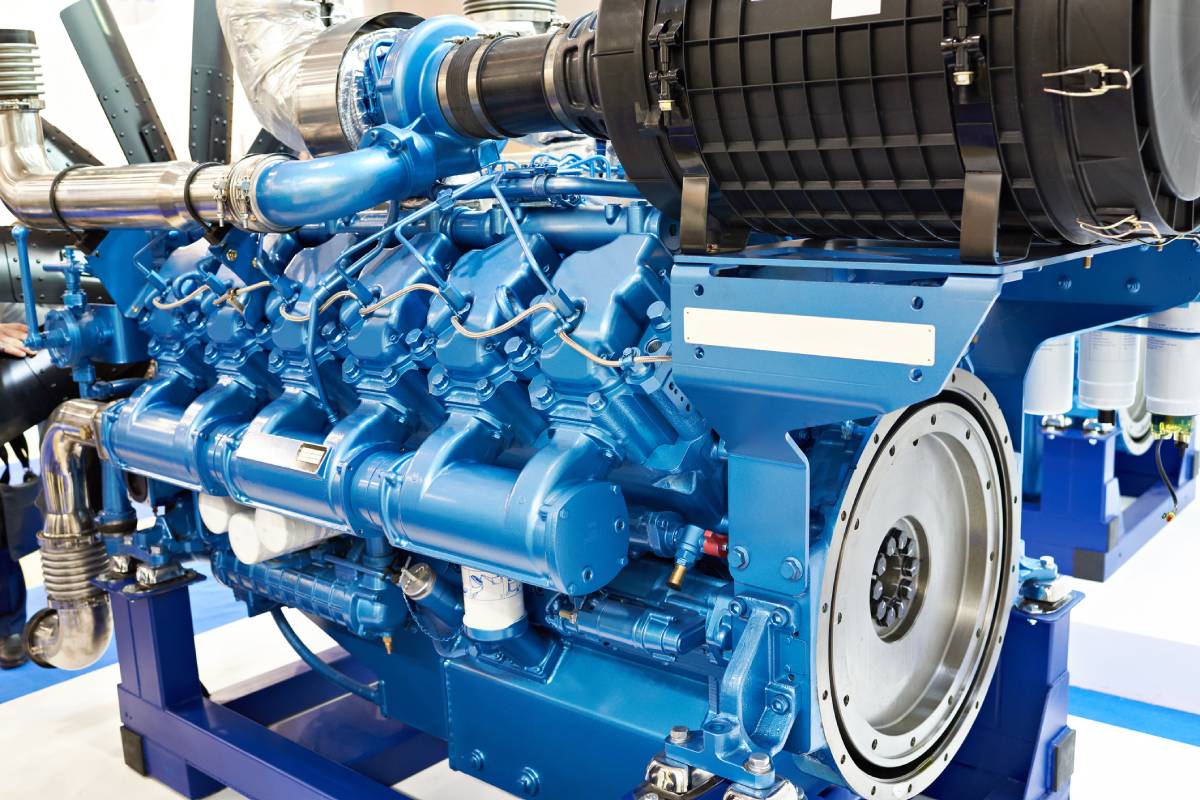For businesses that need to ensure that they’re “always on,” chances are you either have or have considered purchasing on-premises generators. For data-heavy industries, tech companies that constantly process information, or other companies that need to ensure they never go without power, generators make a great deal of sense as an investment. But before you go out and write a check, it’s in your best interest to understand just how a generator works to create electricity.
Generator basics explained
First things first: Generators don’t actually create electricity. At least not in the sense that you might be thinking. Instead, generators convert mechanical input energy into electrical output energy. This applies to all generators, even those used at schools, banks, and tech companies. Instead of creating the electricity, it simply facilitates electrical flow. Generators often have roughly nine standard components.
First, there’s the engine which operates as the source of mechanical energy input. Depending on the generator, it might rely on different forms of fuel. Some utilize natural gas, some harness diesel, and others use gasoline or propane. Also, engines can differ in another way, too. Some are known as overhead valve engines (OHV engines) and others are non-OHV engines. Typically, OHV engines hold several advantages in that they tend to be more compact and durable with lower emissions levels and lower noise levels. These advantages come with a higher price tag as well.
Then there’s the alternator which “alternates” the mechanical input into electrical output. Alternators are a mix of stationary and mobile parts that facilitate the energy flow. Alternators can vary in the types of materials used to craft them and can also have varied power levels so it’s important to thoroughly assess a generator’s alternator before a purchase.
Next is the fuel system. These will also vary from generator to generator but, on average, are able to supply the generator with power from between six to eight hours. Keep in mind that, for many commercial applications, you’ll need to go through your city’s commercial planning division and you may be required to install an external fuel tank.
After the fuel system comes the voltage regulator. Voltage regulation is a more cyclical process and, as such, a voltage regulator’s job is fairly self-explanatory. The regulator’s components work one after the other until the outbound voltage hits full operating capacity and reaches equilibrium.
The cooling and exhaust systems prevent the generator from overheating and the exhaust in particular helps dispose of harmful gases. Exhaust systems sometimes need to be approved by local authorities, though this varies by jurisdiction.
The lubricating system is a touch less exciting than the other components and simply functions to help maintain the generator’s durability. Lastly, there’s the control panel and the frame of the generator. The control panel, naturally, allows you to control the generator and the frame is the housing that keeps all the components inside.
Choosing a generator
When selecting a generator, it’s important to get the rundown of all of the system’s major components to determine whether it’s going to effectively meet your business’s needs. On top of this, you need to consider generator reliability, whether or not there are limited warranties in case of any issues, and the supplier’s reputation. You can determine their reputation through online reviews and word-of-mouth referrals. Schools, banks, airports, and police departments worldwide place their trust in the diesel generators powered by Perkins engines. These generators are not only incredibly reliable, but were designed with the users’ needs in mind. Whether in the US, the UK, Asia, or South America, Welland Power, companies and government establishments of all kinds have access to this equipment.
While generators are sometimes must-have systems for businesses that need to guarantee that they have a constant power supply, they are also a fairly-hefty investment. Make sure that you do adequate research before any purchases so you know that the generator you buy is going to handle your needs and last for quite a long time.
You are reading How Does a Generator Create Electricity?


